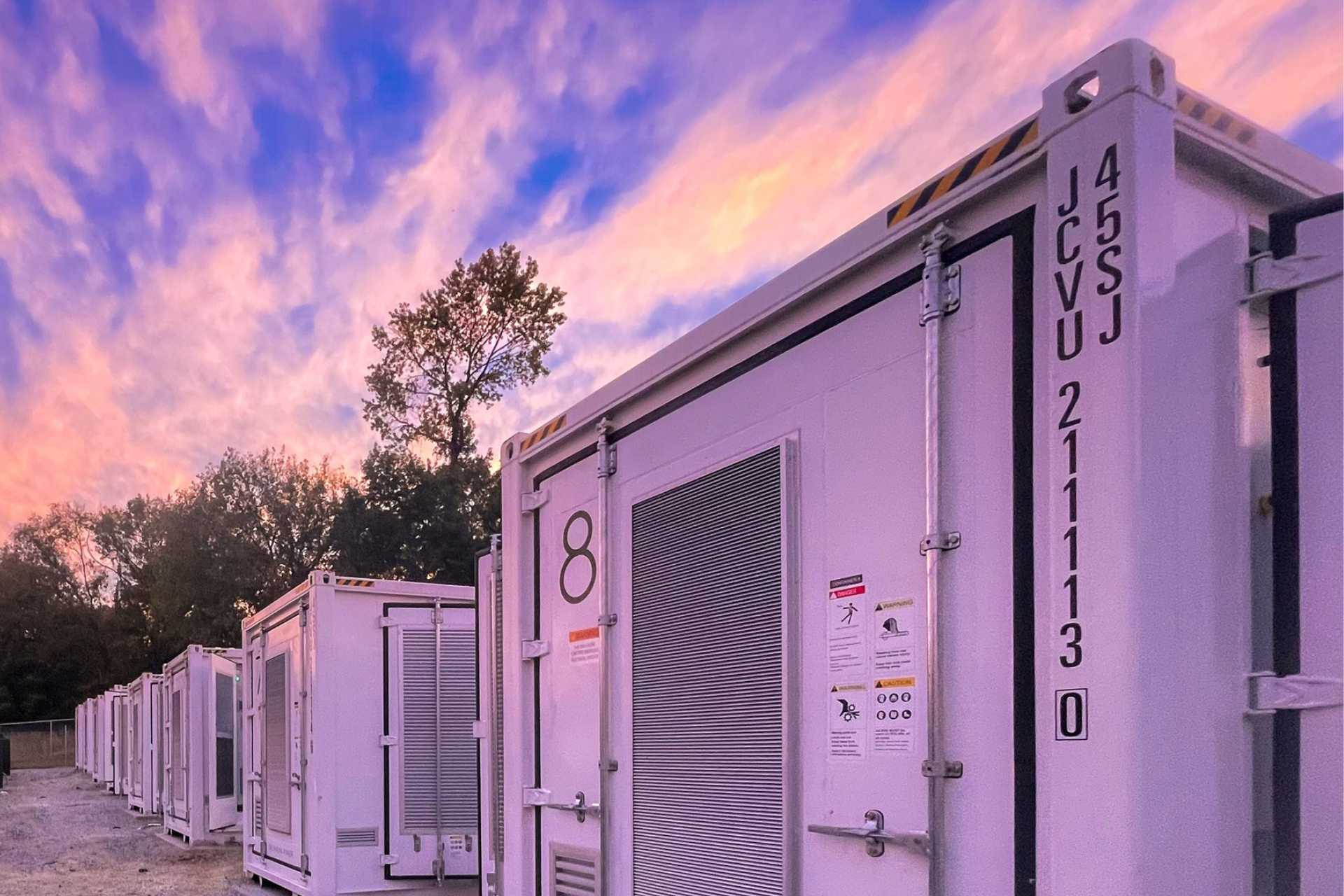
Get the latest climate technology news directly to your inbox.

Photo credit: WeaveGrid

Photo credit: WeaveGrid
With electric vehicle adoption expected to surge, utilities are faced with a load growth challenge. In preparing for that new energy demand, utility giant Southern Company is among those exploring whether artificial intelligence can simplify the transition — and act as a middle-man between the automotive and utility industries.
- The top line: The software company WeaveGrid is running a program with Southern Company’s subsidiary Alabama Power that will offer incentives to EV owners in exchange for some control using WeaveGrid’s AI-fueled managed charging platform. While other utilities have experimented with similar pilots, this collaboration dwarfs most of them in scope: thousands of drivers are expected to participate across Alabama Power’s entire service territory. Meanwhile, Weavegrid is piloting a similar program for Georgia Power, a second Southern subsidiary, open to a limited number of EV drivers.
- The market grounding: Located in the southeastern United States, Southern Company has found itself at the center of a national load growth conversation. In October 2023, Georgia Power increased its near-term load growth predictions dramatically, largely due to the region’s emergence as a hub for both data centers and manufacturing. But, as is the case everywhere in the U.S., electrification and EV adoption specifically are also playing a part. Georgia Power raised eyebrows with its decision to add 1.4 gigawatts of gas generation to meet the soaring demand — but its parent Southern’s decision to roll out the WeaveGrid programs could indicate that more innovative demand response solutions are also in play.
WeaveGrid’s software times the charging of participating EVs so that owners end up paying less — and so that the utility has some control over load. For instance, say a vehicle takes two hours to charge. If it’s plugged in overnight, it has around 10 hours to take the power it needs from the grid. WeaveGrid manages the charging process so that it happens during the most convenient and lowest-cost windows in those 10 hours.
James Ellis, senior director of utility business development at WeaveGrid, said that the software gives utilities visibility they wouldn’t otherwise have. “We help electric utilities turn electric vehicles into dynamic grid assets,” he said.
The goal, Ellis said, is essentially peak shaving; by making the demand curve “as flat as possible,” Weavegrid is able to put “downward pressure on rates for all customers over time.”
The programs are designed to support EV adoption in the states, and will run for around 15 months each. To incentivize participation, the utilities are offering EV owners $50 to sign up, as well as additional incentives for remaining in the program.
At the moment, there are fewer than 1000 participating customers across the two states, though Ellis said several thousand drivers are ultimately expected to participate over the course of the 15-month programs.
And while they’re currently focused on single-family residential customers, Ellis said that future phases would potentially include multifamily residential customers as well as fleets. Alabama Power serves around 1.5 million customers, while Georgia Power has over 2.7 million.
In addition to orchestrating charges, WeaveGrid is also collecting information on EV charging habits and locations, which it will use to make load growth predictions to help Alabama Power and Georgia Power optimize their capital investments. The company already has some EV detection underway, using AI to locate chargers to determine where growth is happening — and more effectively market the pilot.
Learn about the pathways to adopting AI-based solutions in the power sector in a first-of-its-kind study published by Latitude Intelligence and Indigo Advisory Group.
.png)
Learn about the pathways to adopting AI-based solutions in the power sector in a first-of-its-kind study published by Latitude Intelligence and Indigo Advisory Group.
.png)
Learn about the pathways to adopting AI-based solutions in the power sector in a first-of-its-kind study published by Latitude Intelligence and Indigo Advisory Group.
.png)
Learn about the pathways to adopting AI-based solutions in the power sector in a first-of-its-kind study published by Latitude Intelligence and Indigo Advisory Group.
.png)
Creating a framework
Grid planning and operations management are among the key areas that the Department of Energy pointed to in its sweeping report on how to integrate AI to modernize the grid.
And in fact, data-gathering collaborations between utilities and AI-based platforms have already been popping up across the country as the power sector braces for the load growth that comes with EVs. In New England, for example, Vermont Electric Cooperative is working with grid management platform Camus Energy to analyze EV charging trends and projections. (That program is considerably smaller than WeaveGrid’s, hoping to reach 100 enrolled EV owners by the end of the year.)
Given that Alabama and Georgia are both betting on becoming EV hubs, they make particularly good test cases, according to Ellis. And furthermore, Southern has every type of community — from rural to super-urban — in its service territory.
“So we’re going to have a vast array of use cases that they'll be able to learn from and scale to, as their customers continue to adopt,” he added.
Ellis said that WeaveGrid is aiming to create a framework that is eventually applicable across a range of utilities. And the company hopes to deepen its relationship with Southern and its subsidiaries as well, Ellis said, after this first phase. The load growth challenge isn’t going anywhere, and he expects more utilities to recognize that the flexibility AI can provide is necessary for the system’s endurance.
“Reliability, affordability, all of the specific metrics that are foundational to our economy could be put at risk,” Ellis said. “Southern and other utilities are going to have to embrace new tools to manage these loads and maintain resiliency, reliability, and affordability as we look to the future.”





